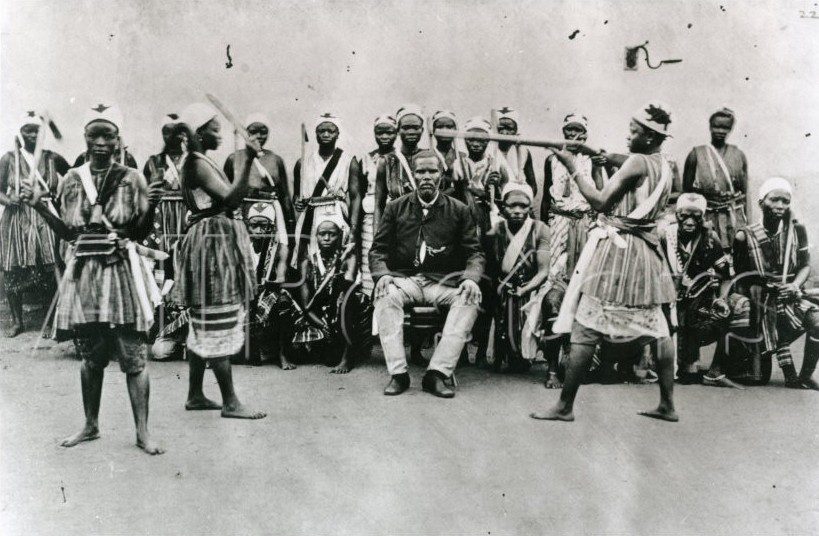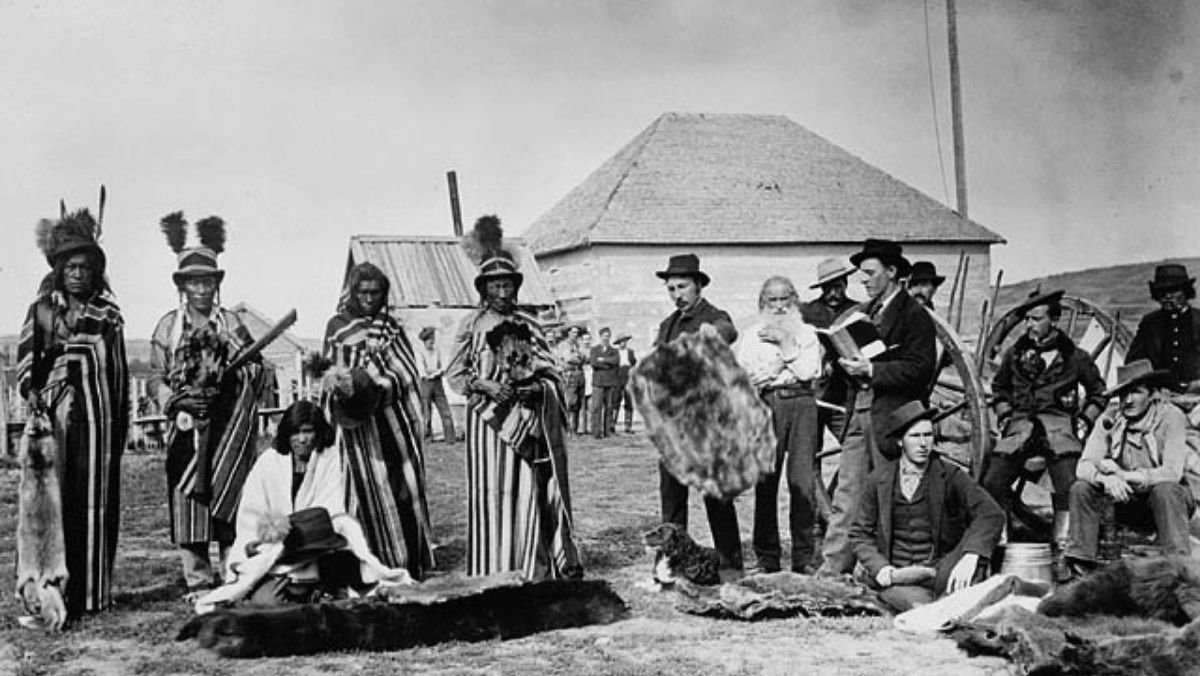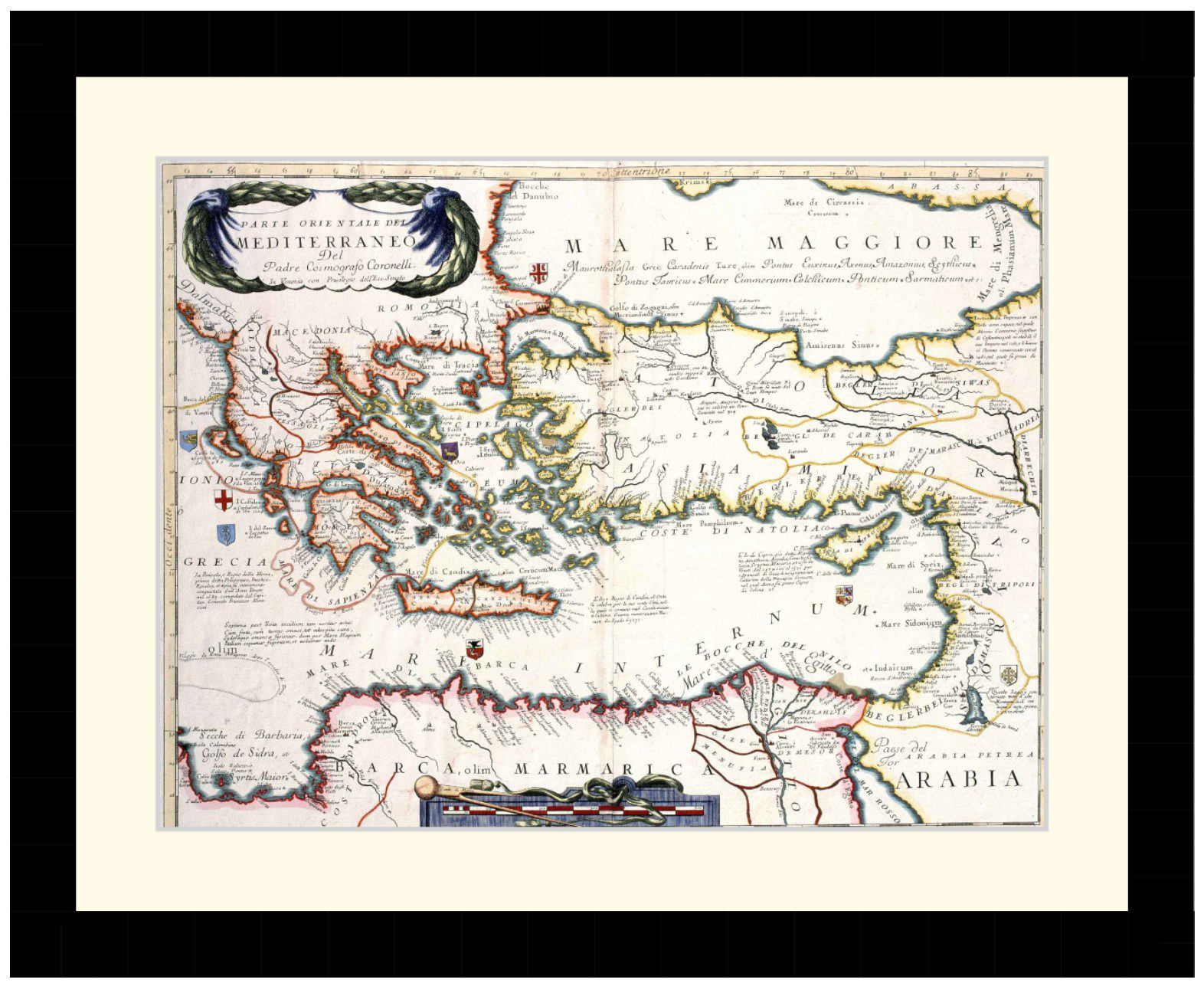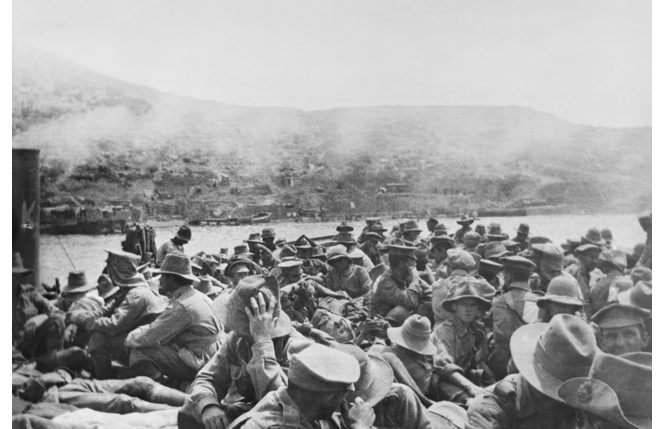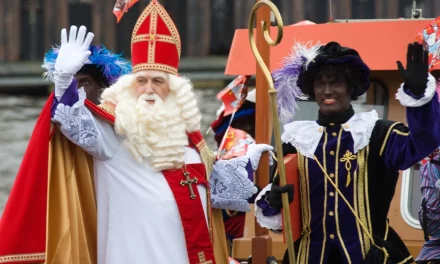Reading time: 7 minutes
Tales of Dahomey’s fearsome female fighting force are writ large across the world, rippling from the far-fetched, bewildered accounts of colonizing Frenchmen to modern-day popular culture, in films like Black Panther and The Woman King. Though they were known in their homeland as the Agojie, their combat prowess and defiance of strict 19th-century European gender norms earned them worldwide fame–and infamy–as the Amazons of Dahomey.
By Mye Brooks
Even the earliest origins of the Agojie are cloaked in legend. Tradition holds that the unit was created when a group of elephant huntresses were brought before their king. Already, these women, called gbeto, were renowned for their courage. One account describes the assault of twenty huntresses on a herd of forty elephants–of which three were slain at great cost to life and limb.

It is an evocative image, the gbeto standing unabashed as King Ghezo praised their valor. It is easy to imagine their proud posture, the flash of their teeth as they declared that “a nice manhunt would suit [us] even better.” Easier still, to imagine that the king was impressed–and that he would recruit these fierce fighters into his army.
Still, it is only a story. When Ghezo came to power in 1818, the Agojie had been evolving for quite some time. Though they do seem to have originated as elephant huntresses, the gbeto’s shift into a military role was marked by the female regent Hangbe, who in the early 18th century kept an entourage of female bodyguards. The Agojie continued to grow, with their first battle at Savi in 1727, through the mid-19th century, when thousands of Agojie made up perhaps one-third of the Dahomean army.
That Dahomey held a standing army was unusual for West Africa at the time–but necessary, as their economy relied on capturing prisoners for the transatlantic slave trade. To overpower and intimidate their neighbors was a guiding principle, and the Agojie starkly exemplified this idea. “They’re meant to have a public face,” wrote historian Lynne Ellsworth Larsen. “They wanted to… be feared by their neighbors.”
On the field of battle, a militiaman from an enemy kingdom would indeed have been terrified to see career soldiers in their uniforms, carrying out their assault from a foundation of intense training. More so, given that the Agojie were often deployed as shock troops, springing up from holes in the ground to ambush their enemies. Even more so, that they were women.

The Agojie also stunned colonialist Europeans–as observers and, later, as enemies in the Franco-Dahomean wars. In 1889, French officer Jean Bayol watched an ‘insensitivity training’ exercise performed by a teenage soldier, Nanisca, who had not yet killed her first man. As a test of courage, Nanisca “walked jauntily up to [a condemned prisoner], swung her sword three times with both hands, then calmly cut the last flesh that attached the head to the trunk. …She then squeezed the blood off her weapon and swallowed it.”
Other European accounts exist of these training regimens. They describe the Agojie throwing condemned prisoners to riotous mobs, or traversing walls of acacia thorns to strengthen the troops’ pain tolerance. These stories, even if true, take a sensationalist tone–and they were ultimately used to justify French imperialism.
Says Larsen, “as women who were feared for their military prowess, they upset expectations of nineteenth-century European gender roles… They contributed to France’s justification for colonialization under the dictates of the Mission Civilisatrice… Dahomey was presented as desperate for the imperial imposition of this principle of mastery.”
Thus, in February of 1890, the French attempted to conquer Dahomey in what would become the first of two Franco-Dahomean wars. The Dahomeans found themselves at a serious disadvantage: they were outmanned, outgunned, and led by the inexperienced King Béhanzin, who had taken the throne just weeks before.
Still, the Agojie fought fiercely in defense of their homeland. In the heat of battle at Cotonou, Jean Bayol saw Nanisca, the young soldier whom he’d watched behead a prisoner the year before, decapitate the French chief gunner. In the aftermath, however, he found her lying dead. “[Her] cleaver, its curved blade engraved with fetish symbols, was attached to her left wrist by a small cord,” he wrote, “and her right hand was clenched round the barrel of her carbine covered with cowries.”
The first Franco-Dahomean war ended in a decisive French victory, and the Dahomeans were forced to cede territory. The ensuing peace was uneasy, and both France and Dahomey prepared for a second war, which broke out in the summer of 1892.
Again, the Agojie took up arms for Dahomey, fighting in 23 engagements throughout the seven-week war. Again, they were vastly outnumbered, and they suffered great losses. Out of a starting strength of 1,200, fewer than 100 Agojie were in a condition to fight at the end of the war. Still, their tenacity remained: after the final battle, the Agojie were the last to surrender.

After the annexation, the Agojie fragmented. Some tried to re-enter society, while some made short-lived attempts to fight the French. Some went on show at the 1893 World’s Columbian Exposition, as well as other venues, where mock battles and war dances would be staged. These displays, as well as the imagery that surrounded them, furthered the narrative that Dahomeans were, as written by historian Edna G. Bay, “an archetype of depraved savagery, [their] name synonymous with barbarism.”
However, with the passage of time and the evolution of Western gender norms, these narratives have changed. The Agojie, if they are mentioned at all, are held up as shining examples of feminist strength. The elite Dora Milaje in 2018’s Black Panther were inspired by the Agojie, and 2022’s The Woman King is entirely about a member of the Agojie who fights against the transatlantic slave trade.
Still, it is possible that the pendulum has swung too far in the opposite direction. To characterize the Agojie as marketable representations of ‘girl power’ is only another way that their existence has been used to bolster Western cultural narratives–and this, too, comes at the expense of Black people.
It cannot be denied that the Agojie were exceptional in their combat prowess. But we cannot forget that their power was deployed in the service of the slave trade, one of humankind’s greatest atrocities. The 2019 documentary Warrior Women with Lupita Nyong’o features an interview with Dagba Eulalie, or ‘Lali,’ who is descended from an enslaved woman captured by the Agojie and a slaver.
“One morning,” she recounts, “the warrior women, the Agojie, came to her village and took a lot of people. These women were very strong. When they scream at you, you have to follow them immediately, and when they get angry at you, they just kill you. Grandmother was going to fetch water when the Agojie took her.”
“What the Agojie did was not good at all,” says Lali, with an unbearable conviction. “Not good at all. They took my grandmother. They sold her, and now I’m here. I don’t know my aunts. I know nobody from my mother’s family. I never talk about my feelings to my children. It’s too sad.”
At the heart of every legend about the Agojie, underneath any agenda that the storyteller might have, exists this pain. And this is, ultimately, what must be remembered.
Articles you may also like
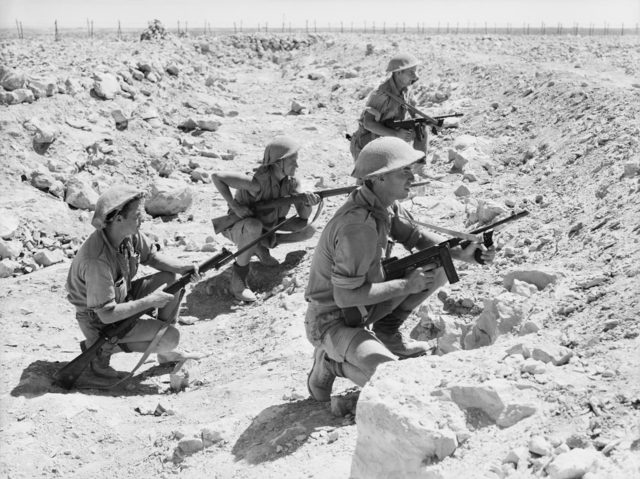
Tobruk – Podcast
Tobruk was one of the greatest Allied victories – and one of the worst Allied defeats – of the Second World War.
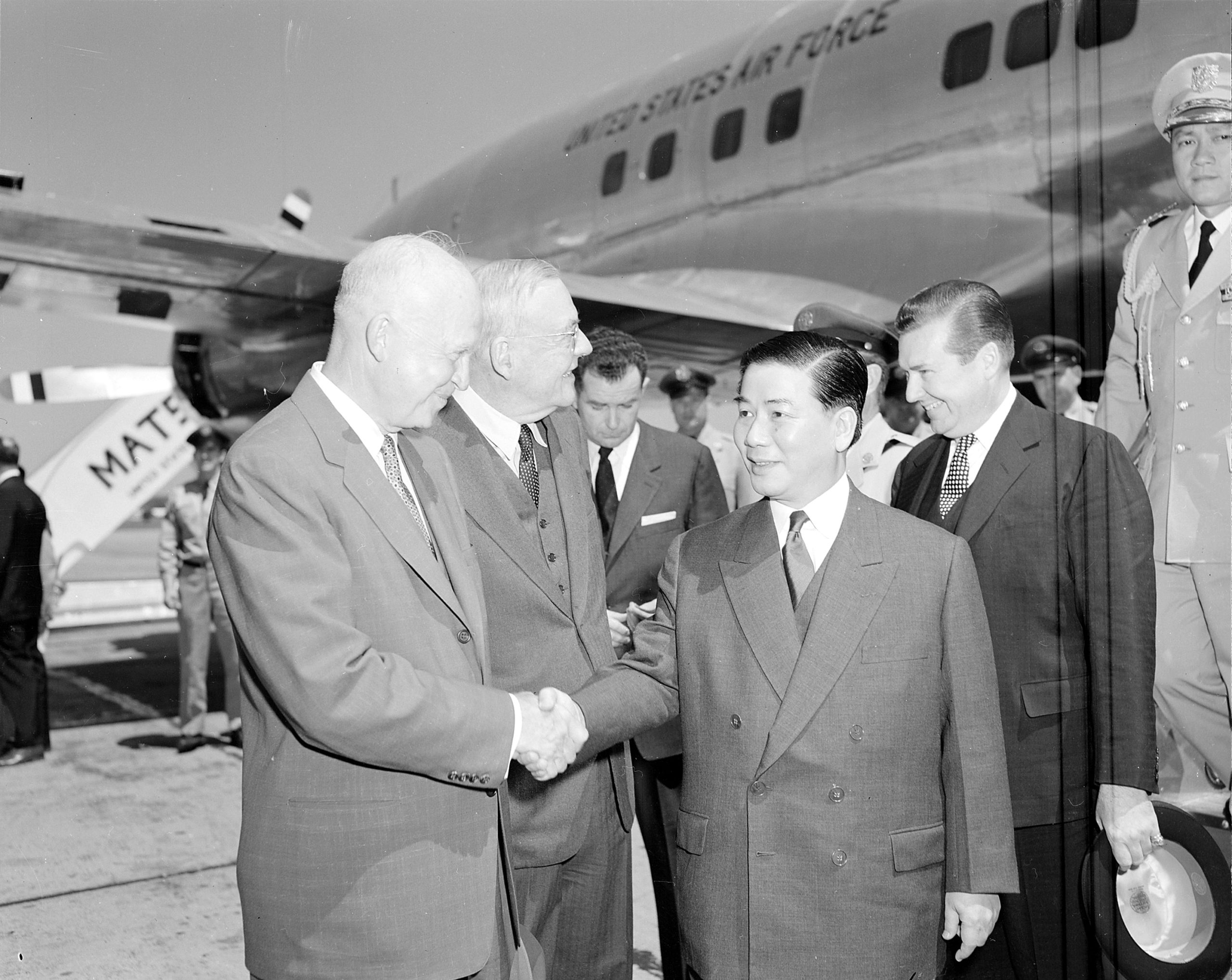
The other assassination of November 1963
Reading time: 5 minutes
On the night of 1 November 1963, President Ngo Dinh Diem of the Republic of Vietnam (commonly known as South Vietnam), and his brother and chief political adviser, Ngo Dinh Nhu, were assassinated during a coup executed by a military junta, acting with the knowledge and support of the United States.
The text of this article was commissioned by History Guild as part of our work to improve historical literacy. If you would like to reproduce it please get in touch via this form.

